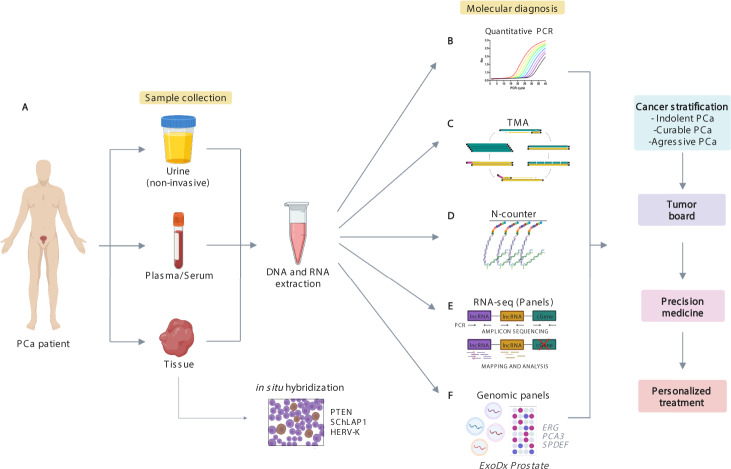Fig. 1. Landscape of precision medicine and molecular tools in prostate cancer.
A Sample collection. This can be achieved by sampling tissue, blood or even urine (a non-invasive sampling) from the patient and proceeding with a direct detection of the biomarker by in situ hybridization in the tissue sample or a nucleic acid extraction and a molecular assay. B Quantitative PCR (qPCR). This molecular tool can be used to quantify gene expression by determining the amount of a target sequence present in the sample based on fluorescent emission, such as My Prostate Score [119]. C Transcription Mediated Amplification (TMA), PROGENSA is a current test based on a TMA assay. D N-counter. It is a highly multiplexed single-molecule counting system where two probes are used to target the RNA molecule of interest, a capture probe and a reporter probe. Dong et al. used the NanoString nCounter assay to target mRNA transcripts in EVs from PCA cell lines [120]. E RNA Sequencing. The RNA massive sequencing allows analyzing the entire transcriptome and even transcripts yet to be discovered. F There are also genomic panels used for the diagnostic of PCa focused on specific biomarkers, such as the commercial test ExoDx Prostate [121] that detects the expression levels of ERG, PCA3 and SPDEF by qPCR in exosomes from urine samples.

